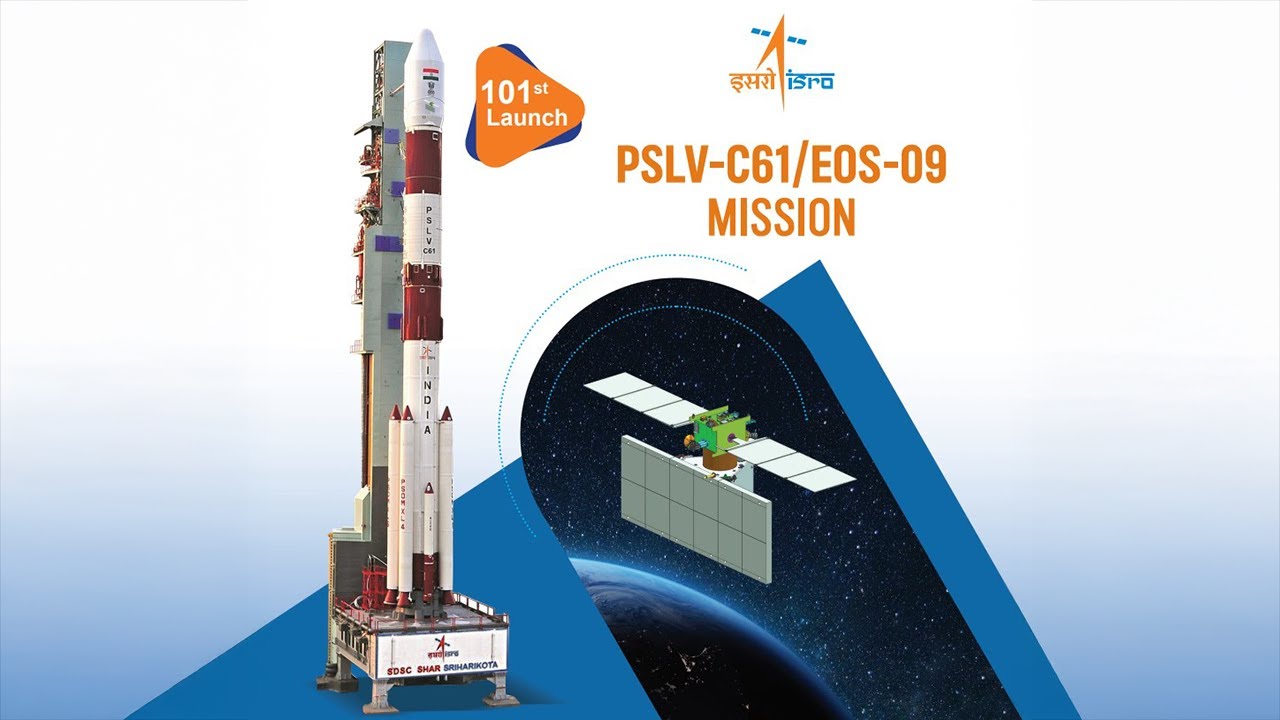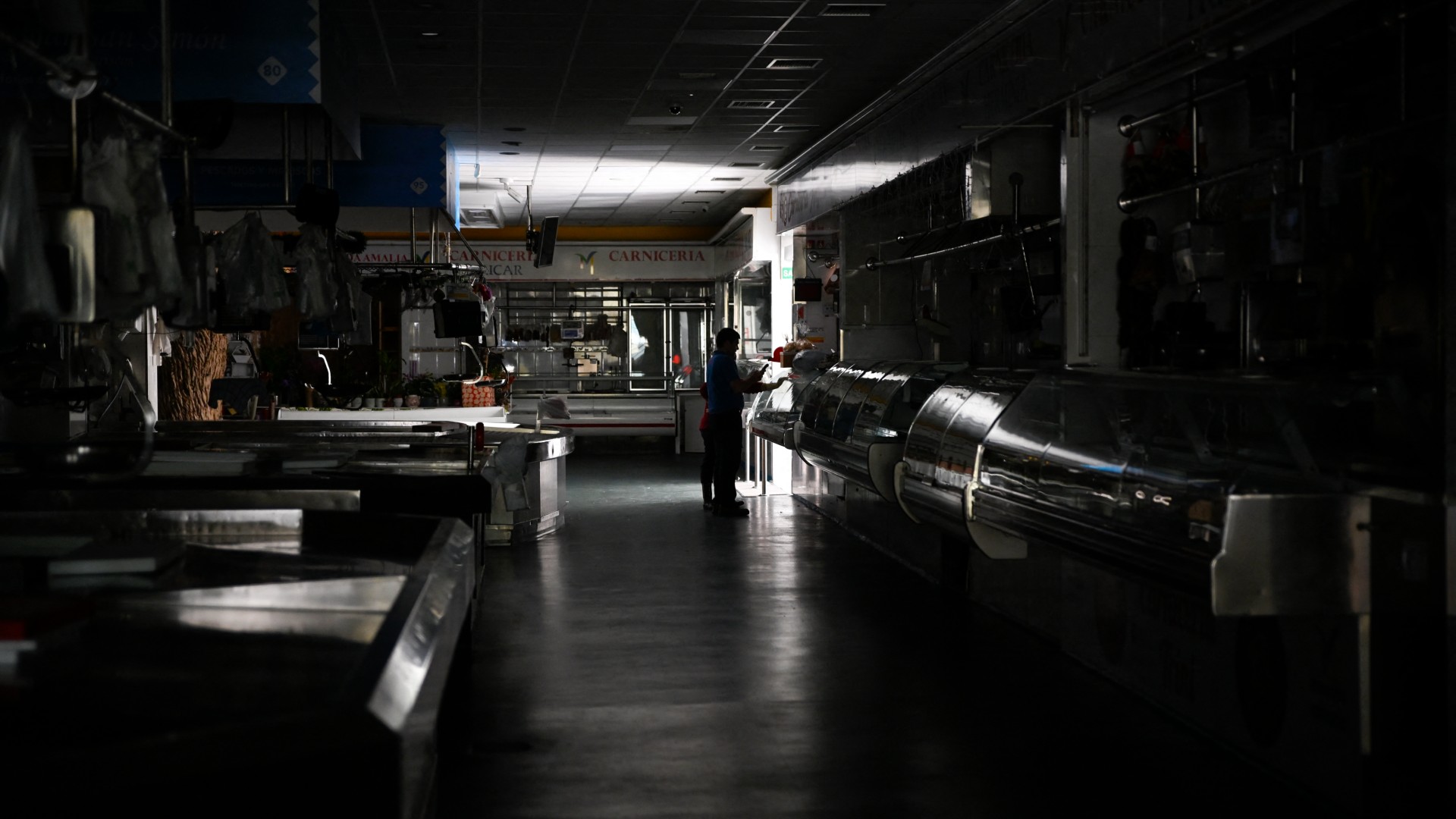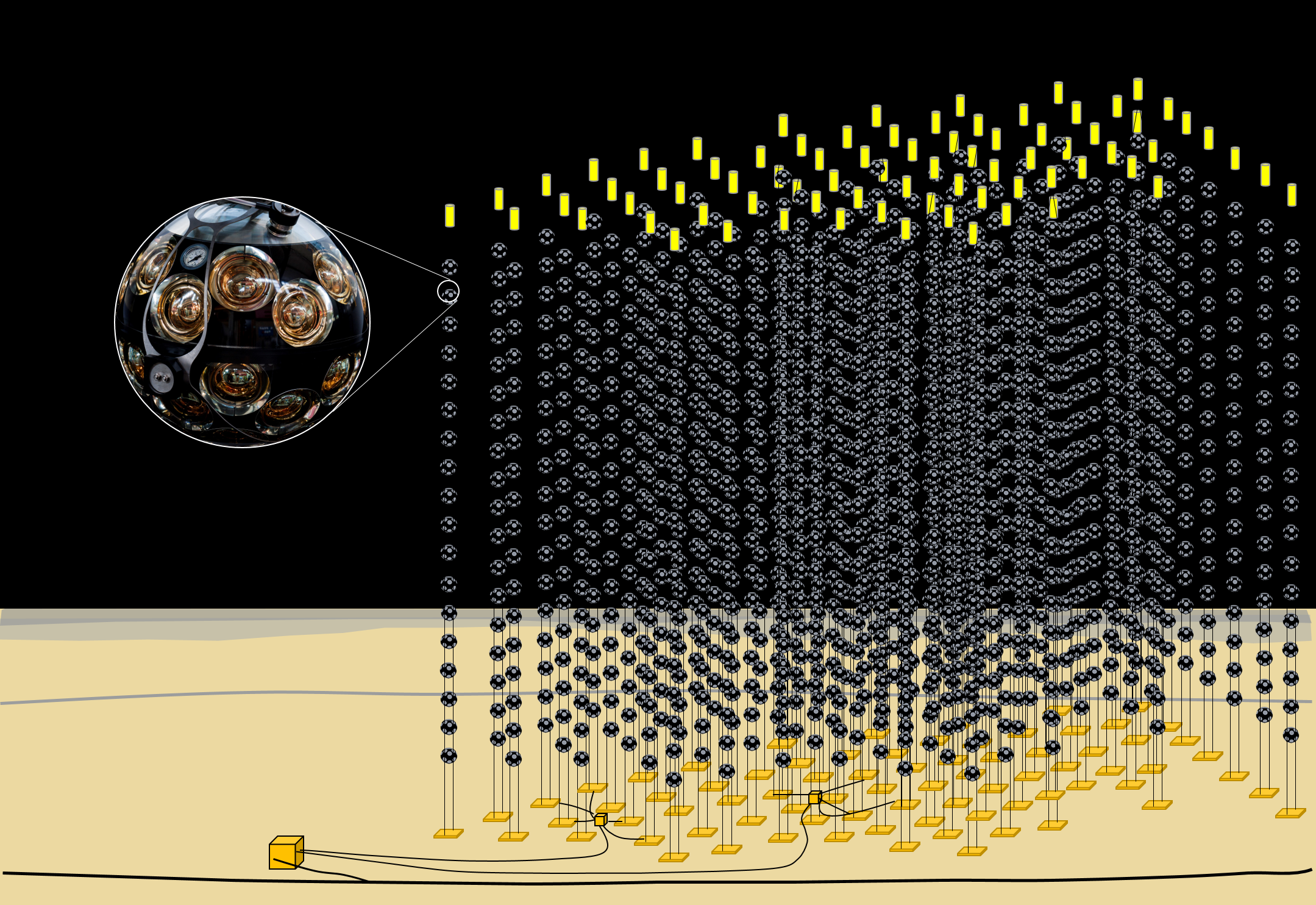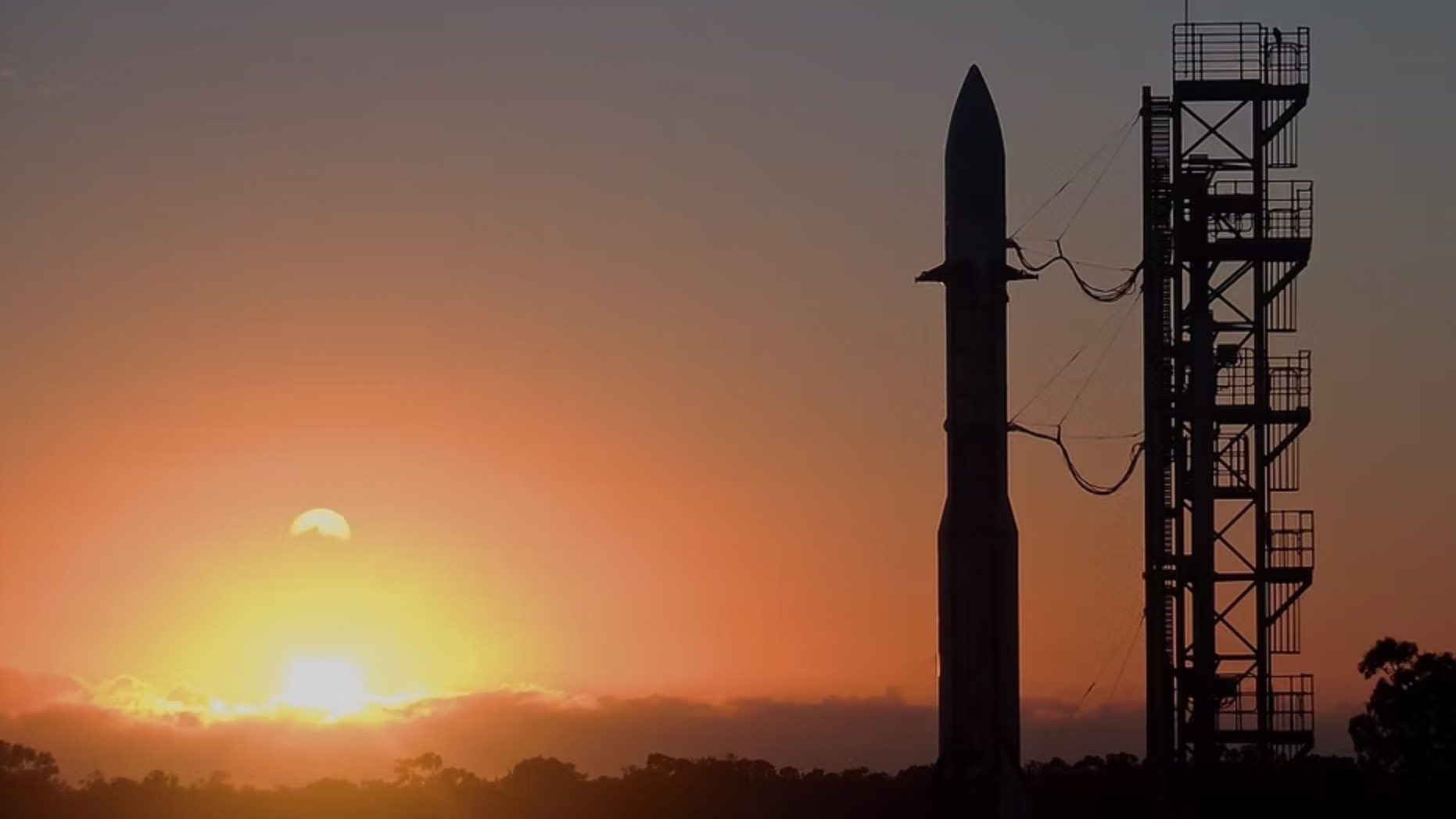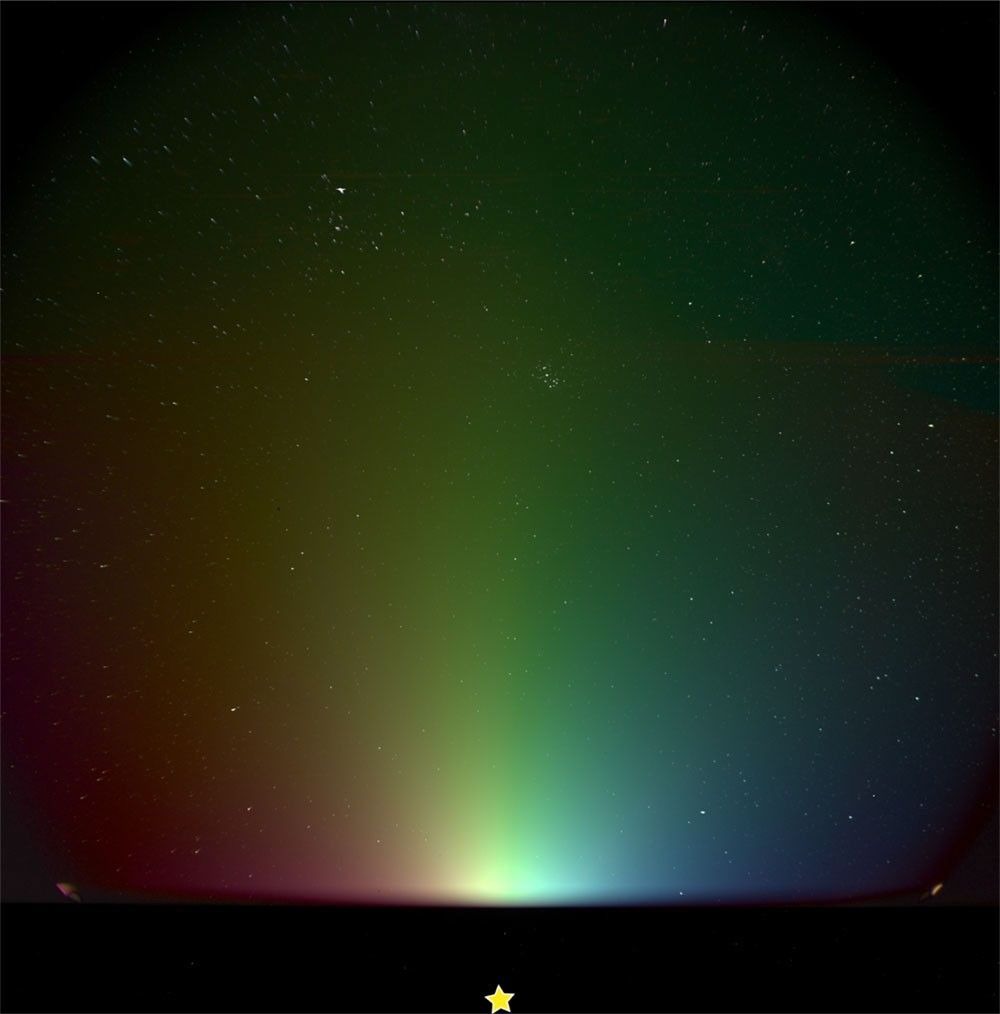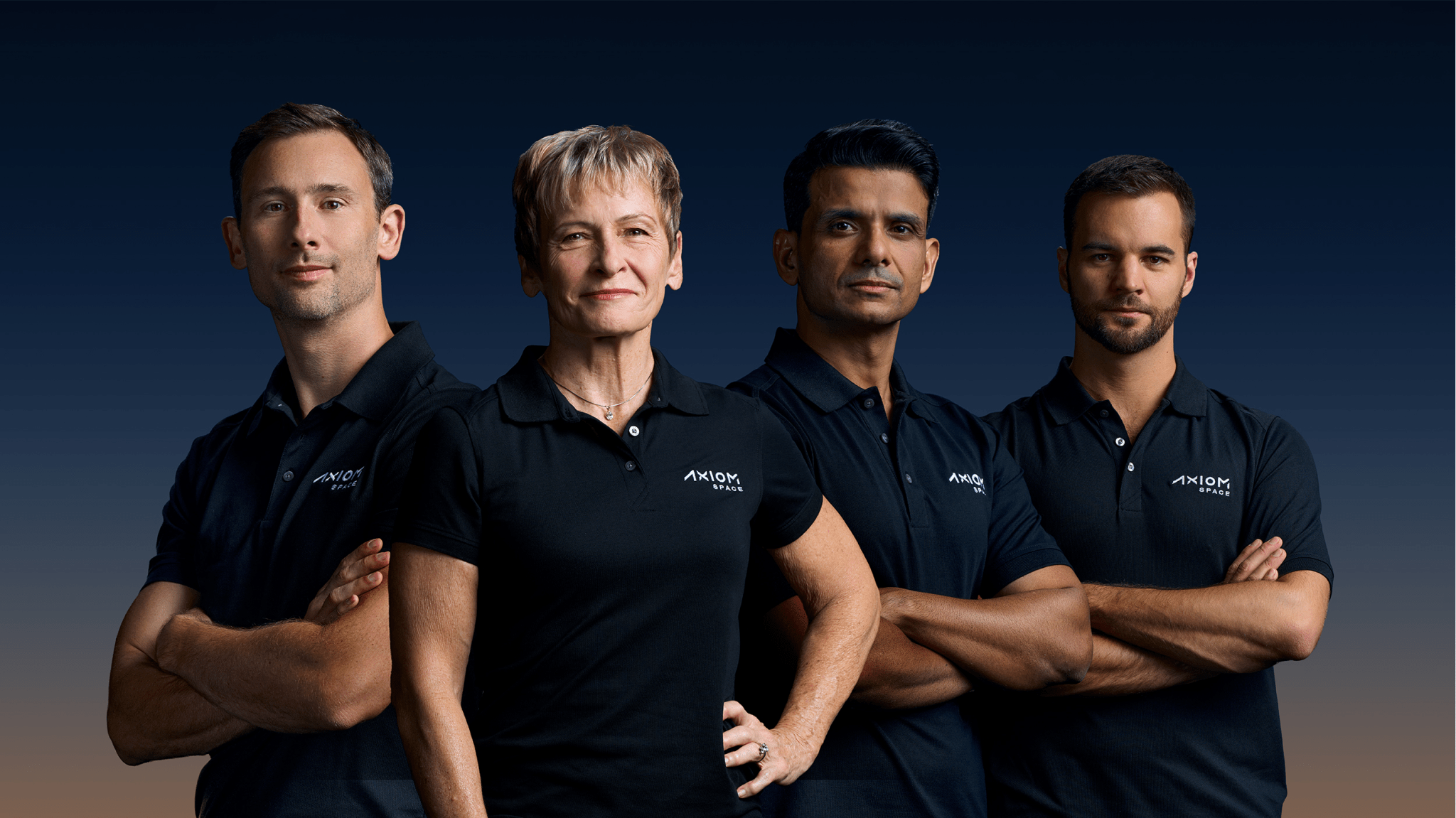The TWiS Comedy Hour! – With Starship, Voyager, Artemis, and more! – YouTube Watch On On Episode 161 of This Week In Space, Rod Pyle and Tariq Malik catch up on headlines … and space dad jokes! We’re going to update you on the ever-slimming NASA budget, the latest news on the Voyager spacecraft, what’s up with the SLS, Orion capsule, and Artemis programs? SpaceX’s 9th Starship test flight, AliBaba in orbit, and the end of the universe. And more space jokes than ever for you to choke on. Download…
Read MoreCategory: Space Stations
Space stations in orbit or planned
Watch India launch its 2nd space mission of the year tonight
ISRO’s 101st Launch | PSLV-C61 / EOS-09 | 18 May 2025 – YouTube Watch On India will launch an Earth-observing radar satellite tonight (May 17) on the nation’s second mission of 2025, and you can watch the action live. The Indian Space Research Organisation‘s (ISRO) EOS-09 spacecraft is scheduled to lift off atop a Polar Satellite Launch Vehicle (PSLV) rocket from Satish Dhawan Space Centre tonight at 8:29 p.m. EDT (0029 GMT and 5:59 a.m. India Standard Time on Sunday, May 18). You can watch the launch live here at…
Read MoreBlack hole dance illuminates hidden math of the universe
Scientists have made the most accurate predictions yet of the elusive space-time disturbances caused when two black holes fly closely past each other. The new findings, published Wednesday (May 14) in the journal Nature, show that abstract mathematical concepts from theoretical physics have practical use in modeling space-time ripples, paving the way for more precise models to interpret observational data. Gravitational waves are distortions in the fabric of space-time caused by the motion of massive objects like black holes or neutron stars. First predicted in Albert Einstein’s theory of general…
Read MoreSolar storms and cyberattacks can both cause blackouts. Knowing the difference could save billions of dollars
Space weather and cyberattacks can cause similar disruption to our civilization’s indispensable technology systems. Telling one from the other swiftly and reliably can make billions of dollars’ worth of difference to economies that could grind to a halt when such disruptions occur. Shortly after noon on April 28, the whole of Europe’s Iberian Peninsula plunged into darkness. An unknown incident shut down power grids serving Spain, Portugal and parts of Southern France. In an instant, the working day was over for millions of people as anything not powered by a…
Read MoreWhy scientists are so excited about the highest-energy ‘ghost particle’ ever seen
Earlier this year, an underwater detector in the Mediterranean Sea found the most energetic neutrino to date. And scientists are still talking about it because, well, this discovery could be a really big deal. Not only could this neutrino, also known as a “ghost particle,” have been fleeing a gamma-ray burst or a supermassive black hole, but it could also have been produced by an ultra-powerful cosmic ray interacting with the cosmic microwave background (CMB). That latter bit which we’ll get to soon, could be huge. Moreover, the detector that…
Read MoreLaunch of Australia’s 1st homegrown orbital rocket delayed indefinitely due to payload fairing issue
We’ll have to wait a bit longer for the first-ever launch of an Australian orbital rocket. Queensland-based company Gilmour Space had aimed to debut its Eris rocket today (May 15), but a problem with the vehicle’s payload fairing scuttled that plan. “Last night, during final checks, an unexpected issue triggered the rocket’s payload fairing. No fuel was loaded, no one was hurt, and early inspections show no damage to the rocket or pad,” Gilmour Space said via X this afternoon. You may like “We’ll send a replacement fairing from our…
Read MoreSpacewalk Research and Technology
4 Min Read Spacewalk Research and Technology NASA astronaut Anne McClain prepares spacesuits ahead of the May 2025 spacewalk. Credits: NASA Science in Space: May Crew members on the International Space Station periodically conduct spacewalks to perform a variety of tasks such as installing, upgrading, and repairing equipment. During a spacewalk on May 1, astronauts installed hardware to support the planned addition of a seventh roll-out solar array on the exterior of the space station. Each of these arrays produces more than 20 kilowatts of electricity and together they will…
Read MoreThe latest ‘Superman’ trailer looks fantastic, but beware if spoilers are your kryptonite (video)
Superman | Official Trailer – YouTube Watch On Warner Bros has revealed another Superman trailer that shows off more about the movie’s main players and what David Corenswet’s Kal-El stands for with the lengthier second trailer… as long as you don’t mind some mild spoilers. July 2025 is looking remarkably busy when it comes to huge blockbusters, with Jurassic World: Rebirth and The Fantastic Four: First Steps making waves online for the last few months. James Gunn’s Superman is generating a lot of excitement because of how pure and old-fashioned…
Read MoreNASA’s PUNCH spacecraft see a cosmic rainbow in the zodiacal light
NASA’s newest spacecraft aimed at studying the sun have captured a colorful “rainbow” in the warm glow of zodiacal light observed above Earth. The PUNCH (Polarimeter to Unify the Corona and Heliosphere) mission, which launched on March 11, consists of four small satellites working in unison in low Earth orbit to provide a comprehensive view of the sun’s corona, or outer atmosphere, and study the constant stream of charged particles emitted by the sun known as solar wind. The mission delivered its first set of images, including a vivid, rainbow-colored…
Read MoreNASA to Participate in Next Private Astronaut Mission Teleconference
The Axiom Mission 4, or Ax-4, crew will launch aboard a SpaceX Dragon spacecraft to the International Space Station from NASA’s Kennedy Space Center in Florida. From left to right: ESA (European Space Agency) astronaut Sławosz Uznański-Wiśniewski of Poland, former NASA astronaut Peggy Whitson, ISRO (Indian Space Research Organization) astronaut Shubhanshu Shukla, and Tibor Kapu of Hungary. Credit: Axiom Space NASA will join a media teleconference hosted by Axiom Space at 10:30 a.m. EDT, Tuesday, May 20, to discuss the launch of Axiom Mission 4 (Ax-4), the fourth private astronaut…
Read More
